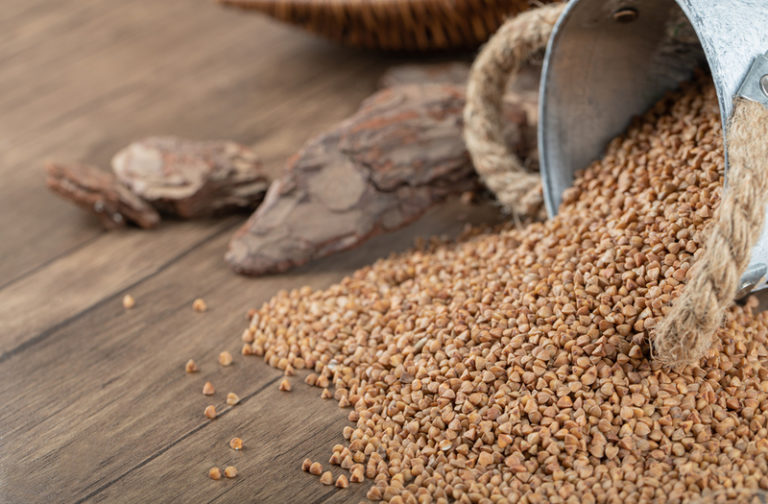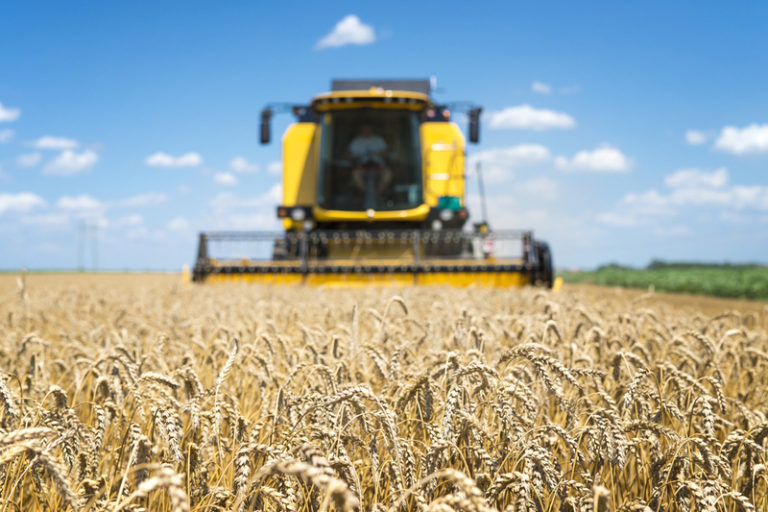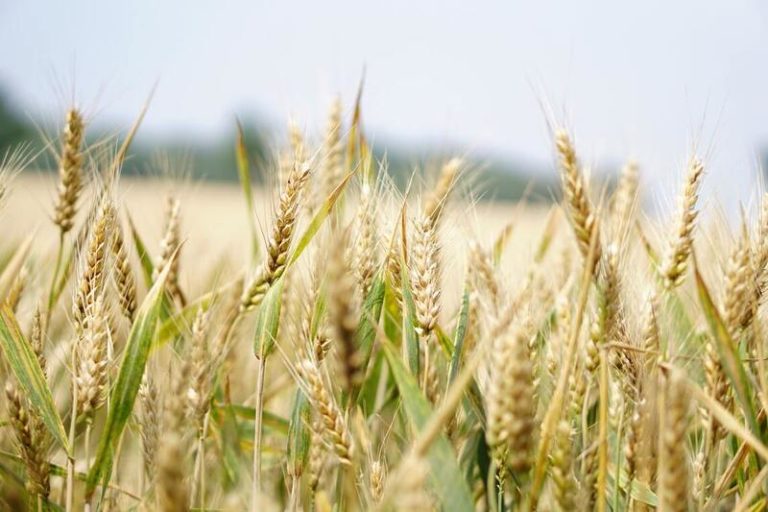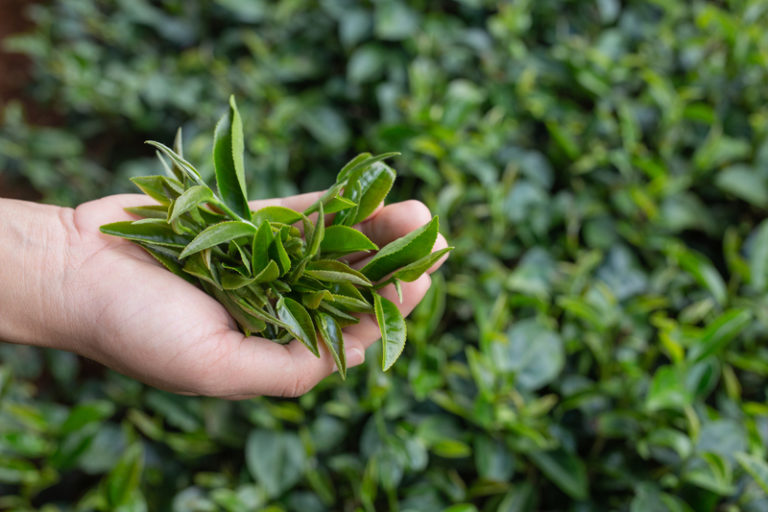Afghanistan Agriculture Crops: A Comprehensive Overview
Over 70% of the people in Afghanistan work in agriculture, which is a big part of the country’s economy. The country’s rough terrain, different climates, and plenty of water resources make it a great place for farming.
This article will give a detailed look at the crops grown in Afghanistan, how they are made, and the problems farmers face.
Wheat:
The Backbone of Afghanistan’s Agriculture Wheat is the primary crop in Afghanistan, and the country is self-sufficient in its production.
The crop is grown mainly in the northern and eastern regions of the country, where irrigation from the Amu Darya and Kabul rivers is available. Wheat accounts for over 80% of the country’s total agricultural production, and it is a staple food in Afghanistan.
Corn:
A Growing Industry in Southern and Eastern Afghanistan Corn is the second-most important crop in Afghanistan, accounting for 7% of total agricultural production.
The crop is mostly grown in the southern and eastern regions of the country, where the climate is favorable. Corn is used as feed for livestock, and its production has increased significantly in recent years due to the high demand for meat.
Rice:
Importance and Challenges of Rice Production in Afghanistan Rice is also an important crop in Afghanistan, and it is mainly produced through irrigation.
The crop is mostly grown in the eastern and southern regions of the country. Rice is an essential part of the Afghan diet, and the government has implemented policies to encourage its cultivation.
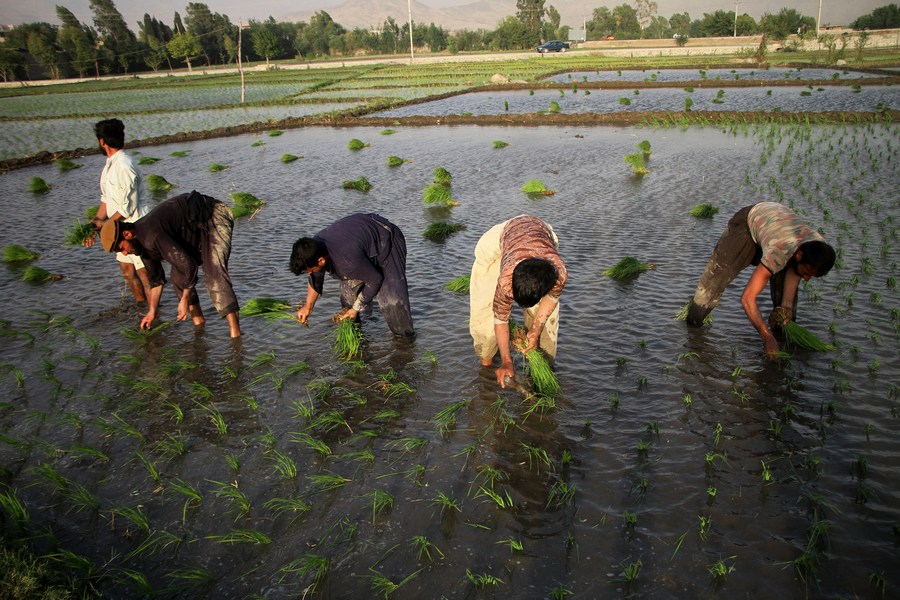
Fruits and Vegetables:
Essential Crops for food and export Fruits and vegetables are critical crops in Afghanistan, and the country is famous for its dried fruits and nuts.
Afghanistan produces a wide range of fruits, including apples, apricots, grapes, melons, pomegranates, and cherries. Vegetable production includes tomatoes, cucumbers, onions, and potatoes.
The horticultural sector is vital for exports, particularly dried fruits, which account for a significant proportion of Afghanistan’s agricultural exports.
Livestock:
Providing Food, Income, and Employment Opportunities The livestock sector is also a crucial part of Afghanistan’s agriculture, with millions of sheep, goats, cattle, and poultry.
Livestock production provides food, income, and employment opportunities for millions of Afghans. Grazing land is abundant in the northern and eastern regions of the country, where most livestock production occurs.
Problems for Afghan Farmers:
Even though agriculture is important in Afghanistan, it faces a lot of problems. The lack of infrastructure and access to markets is one of the most important problems.
Many farmers can’t get to markets because there aren’t enough roads, storage facilities, or ways to get there. As a result, many farmers are forced to sell their products at low prices, making it difficult for them to make a living.
Limited Access to Credit and Inputs Access to formal credit and adequate inputs such as seeds and fertilizers is also a significant challenge for Afghan farmers.
Most farmers do not have access to formal credit, and this makes it difficult for them to invest in their farms and improve their production. High input costs and limited availability further compound this challenge.
Insecurity and Its Impact on Agriculture The security situation in Afghanistan is also a significant challenge for the agriculture sector. The nation has experienced ongoing conflict, which has had a negative impact on agriculture. Farmers have been forced to abandon their farms due to violence, and many areas of the country remain unsafe for farming.
Conclusion:
Addressing the Challenges to Improve Agriculture in Afghanistan The agriculture sector is a critical component of Afghanistan’s economy, and addressing the challenges faced by farmers is essential to the country’s economic development.
Also Read :
Crop Production: Challenges and Opportunities in the 21st Century



